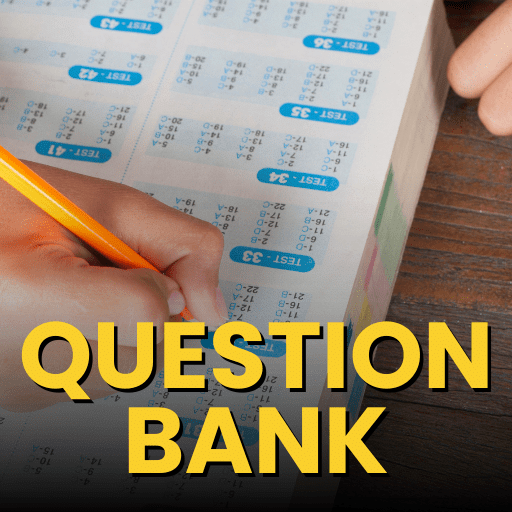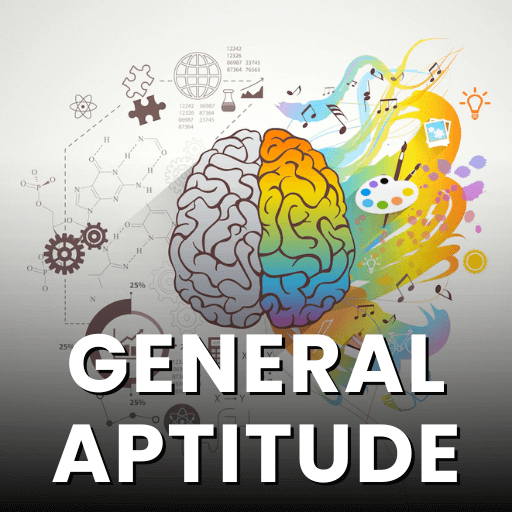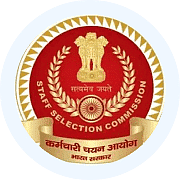Sentence Transformation Tips and Tricks for Government Exams
| Table of contents |

|
| Recognizing the Sentence Opener |

|
| Identifying the Sentence Closer |

|
| Locating Transition or Linking Words |

|
| Identifying Pronoun Antecedents |

|
Recognizing the Sentence Opener
The initial phase involves pinpointing the opening word, which serves as the starting point for solving such problems. Reviewing the scattered words in the options helps form a comprehensive understanding of the sentence's essence, simplifying the subsequent steps.
Identifying the Sentence Closer
Subsequently, it's crucial to determine the closing word or phrase in the sentence. This requires careful consideration of the words provided in the options, establishing a connection with the subject or introductory word and the remaining components that culminate in the sentence's conclusion.
Locating Transition or Linking Words
Another step involves spotting transition words responsible for guiding the shift between different ideas. Commonly utilized transition words aid in the smooth flow from one concept to another.

Identifying Pronoun Antecedents
The final stage involves recognizing the pronouns used within the sentence. These pronouns can be classified into three types:
- Relative Pronouns: Including words such as who, whom, whose, which.
- Demonstrative Pronouns: Comprising words like this, that, these, those.
- Personal Pronouns: Involving words such as he, she, him, her, you, they, it.
Once these pronouns are identified, review all the options, seeking to establish a coherent and logical connection among the words.
Please note: These guidelines apply primarily to complex or compound sentences. Every sentence doesn't need to contain transition words or pronoun antecedents. Some questions may require the creation of a simple sentence, which can be inferred by examining the options provided.

Type 1: Simple Sentences
Also known as independent sentences, these sentences maintain their individuality, as they do not have any dependent clause. It is better explained with the help of an example below:
Example: The below-mentioned sentence is broken into 4-5 parts, Join these parts to make a meaningful sentence.
1. Everyone
2. Heard
3. Of
4. Her
5. Had
Option:
(a) 15234
(b) 42351
(c) 15432
(d) 15342
Ans: (a)
The correct way to write the sentence is:
“Everyone had heard of her.”
 |
Download the notes
Tips and Tricks: Sentence Transformation
|
Download as PDF |
Type 2: Compound sentence
This sentence, unlike simple sentences, consists of two independent clauses. Simply put, a compound sentence is a combination of two individual clauses that are blended perfectly (With the help of a transition word) to derive a meaningful sentence that makes sense. Here the quick tip to identify a compound is to memorize the FANBOYS acronym which stands for:
F – for
A-and
N- nor
B- but
O- or
Y- yet
S- So
Now if we find any sentence that contains any one of the above words, then that sentence will definitely be a compound sentence. It is better explained with the help of an example below:
Example 1: The below-mentioned sentence is broken into 4-5 parts, Join these parts to make a meaningful sentence.
1. girls
2. boys
3. Grown-up
4. and
5. need to
6. Instructed every time.
7. be
8. do not
Options:
(a) 3217586
(b) 31428576
(c) 52143786
(d) None of the above
Ans: (b)
The correct form of writing the above sentence is:
Grown-up girls and boys do not need to be instructed every time.
Example 2:
1. I
2. running
3. and
4. like
5. I
6. like
7. Swimming
Options:
(a) 1473562
(b) 2345671
(c) 7653241
(d) None of the above
Ans: (a)
The correct form of writing the above sentence is:
I lie swimming and I like running.
Type 3: Complex sentences
Complex sentences, unlike compound sentences, have one or more than one clause. While most of the clauses are dependent, however, it might contain some independent clauses. We can easily trace out the dependent clause by locating the above-mentioned transition words (if, when, before to name a few)
Their one type is mentioned in the example below:
Example: The below-mentioned sentence is broken into 4-5 parts, Join these parts to make a meaningful sentence.
1. no snowfall
2. There
3. until
4. would be
5. December.
Options:
(a) 24135
(b) 12435
(c) 24135
(d) 42135
Ans: (a)
The correct formation of the sentence is mentioned below:
“There would be no snowfall until December.”
|
133 videos|107 docs|150 tests
|
FAQs on Sentence Transformation Tips and Tricks for Government Exams
| 1. What are some tips and tricks for sentence transformation? |  |
| 2. How can I recognize the sentence opener in a sentence? |  |
| 3. What is the importance of identifying the sentence closer? |  |
| 4. What are transition or linking words, and why are they important in sentence transformation? |  |
| 5. Can you provide an example of how to locate transition or linking words in a sentence? |  |



























